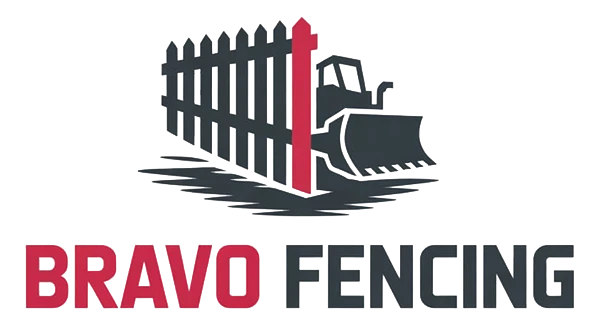Important Aspects of Planning Your New Fence
Installing a fence can transform your property by adding privacy, security, and aesthetic appeal. However, before you start this project, there are several factors to consider to ensure the process goes smoothly. From choosing the right materials to understanding local regulations, planning ahead can save you time and money. This guide will help you navigate the key considerations for a successful fencing project.
Understanding Local Regulations
Before starting your fence installation, it’s crucial to check local building codes and ordinances. Different areas have specific rules regarding fence height, style, and placement. Contact your local municipality or homeowners association to ensure compliance with these regulations. Failing to follow them may result in fines or having to redo parts of your project.
Choosing the Right Material
The material you select for your fence impacts its durability, maintenance needs, and appearance. Common options include wood, vinyl, and metal, each offering unique benefits and drawbacks. Wood provides a classic look but requires regular upkeep. Vinyl is low-maintenance but may not be as strong as other options. Metal offers high durability but can be more expensive upfront.
Assessing Your Budget
Your budget will greatly influence the design and material choices for your fence installation. Setting a clear budget early on helps narrow down options and avoid unexpected expenses. Consider both initial costs and long-term maintenance when planning your budget.
Determining Property Boundaries
Accurate boundary lines are essential before placing any posts for your new fence. Hiring a professional surveyor can prevent potential disputes with neighbors about property lines. A clear understanding of where your property starts and ends ensures that the fence is placed correctly.
Evaluating Purpose and Function
Identifying the primary purpose of your fence influences its design and features. Do you want it for privacy, security, or decoration? Privacy fences often require taller panels, while decorative ones focus more on aesthetics. Knowing what you need from your fence will guide many decisions throughout the project.
Considering Climate Conditions
The climate in your area affects the longevity and maintenance of your fence. In regions with harsh winters, certain materials might wear faster due to snow and ice exposure. Conversely, in humid areas, wood fences might suffer from rot more quickly. Choose materials suited to your local weather conditions to enhance durability.
- Verify local building codes and permit requirements
- Select appropriate materials for climate resilience
- Set a realistic budget covering initial costs and future maintenance
- Confirm property lines with a surveyor if necessary
- Decide on the fence’s main function (privacy, security, aesthetics)
Planning for Future Maintenance
Every type of fence requires some level of maintenance to keep it looking its best over time. Wooden fences may need staining or sealing every few years, while metal fences might require rust treatment. When selecting materials and designs, consider how much maintenance you’re willing to perform regularly.
Making Informed Decisions
With all these factors in mind, making informed decisions becomes easier. Assess your needs, research options, and consult professionals if needed. By preparing thoroughly, you’ll achieve a well-installed fence that meets your requirements and enhances your property’s value.
Your Journey Towards a Perfect Fence
Taking the necessary steps before embarking on your fence installation project ensures success. You should carefully evaluate materials, budgetary constraints, legal regulations, and maintenance needs. We at Bravo Fencing are ready to assist you in planning and executing your fencing project. Our services are available in Montgomery, AL, ensuring top-quality solutions tailored to your needs. Contact us today at (334) 651-6932 for expert guidance on creating the perfect fence for your property.


